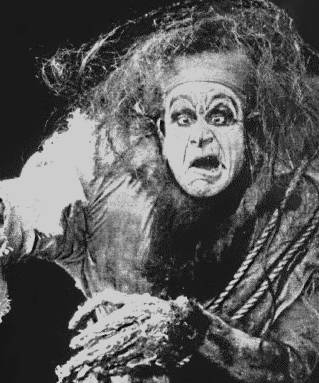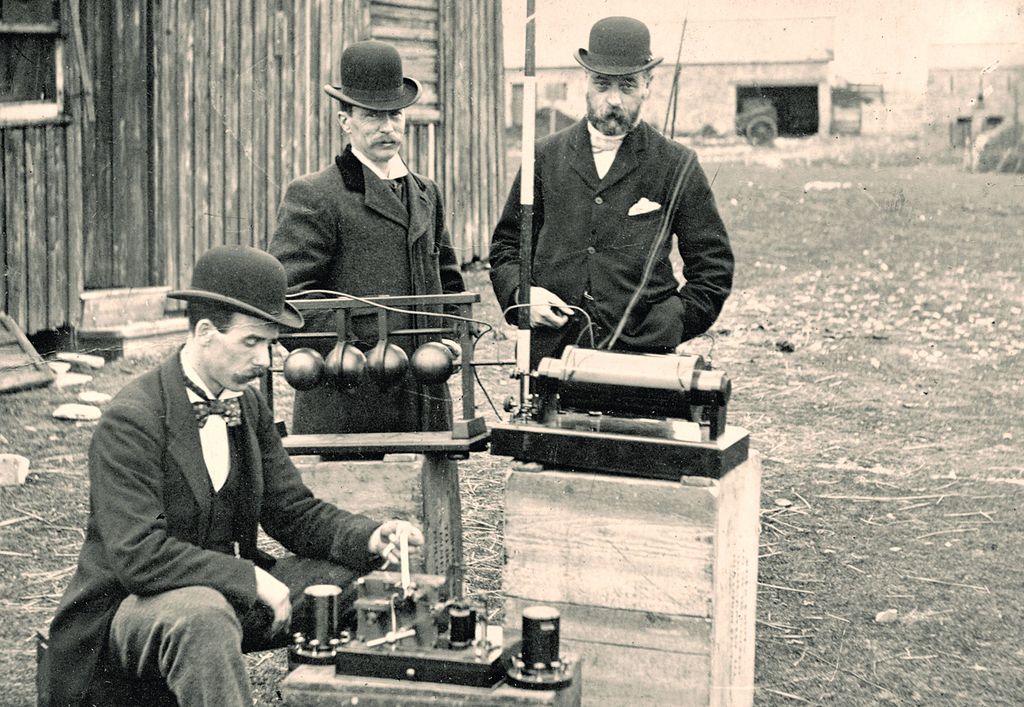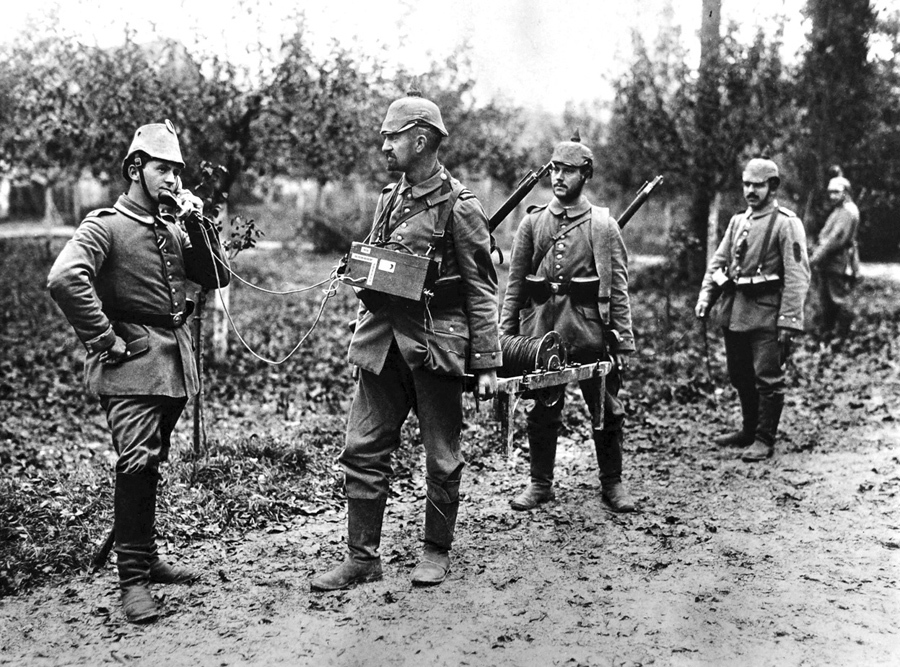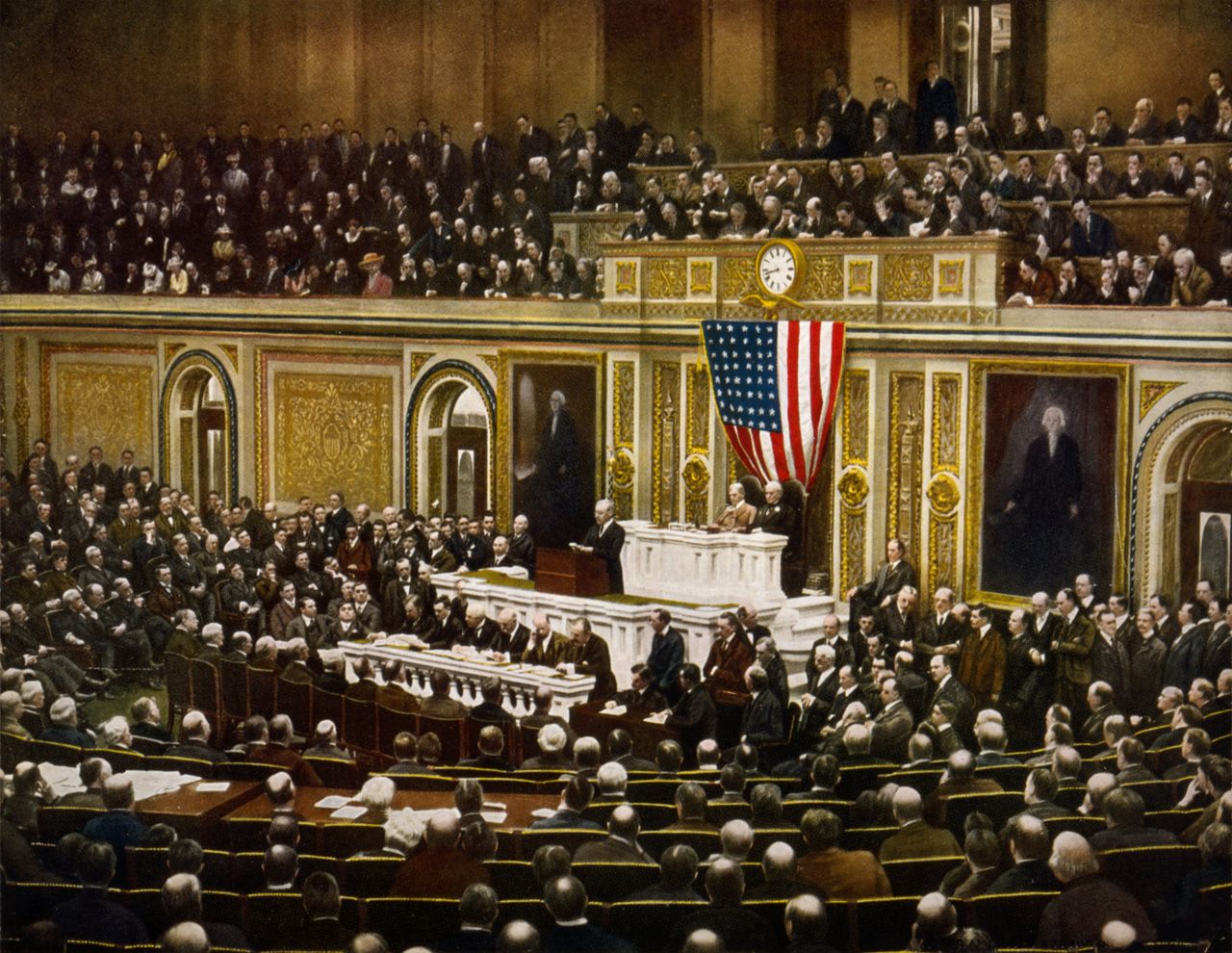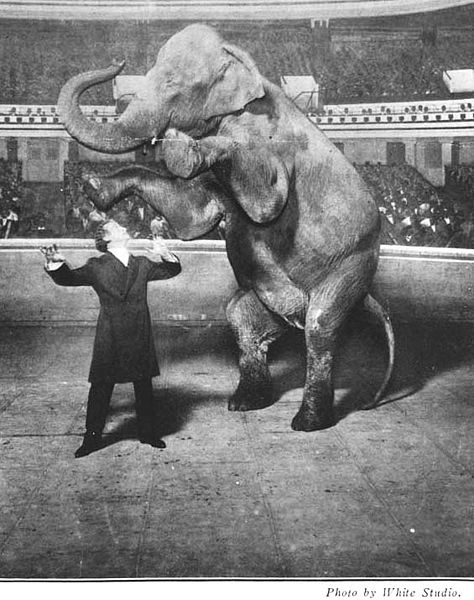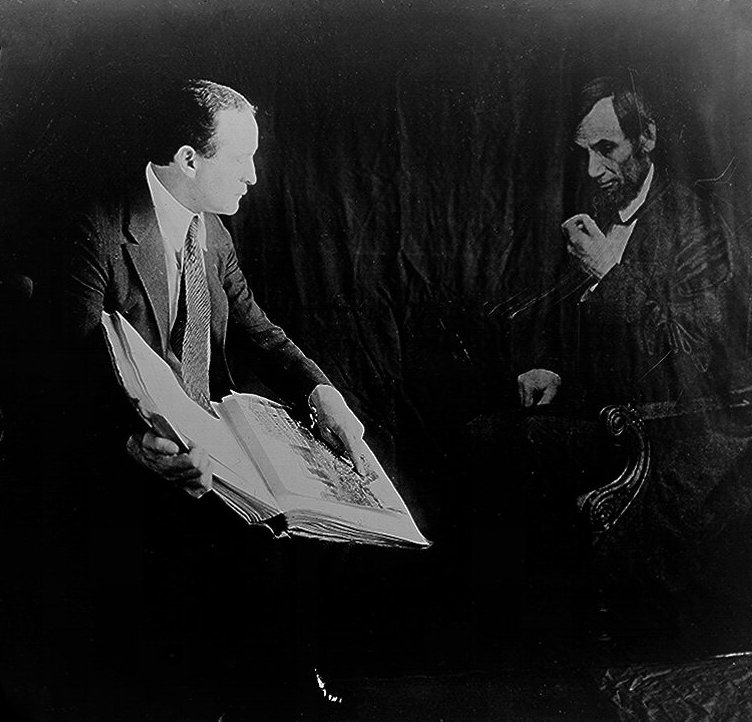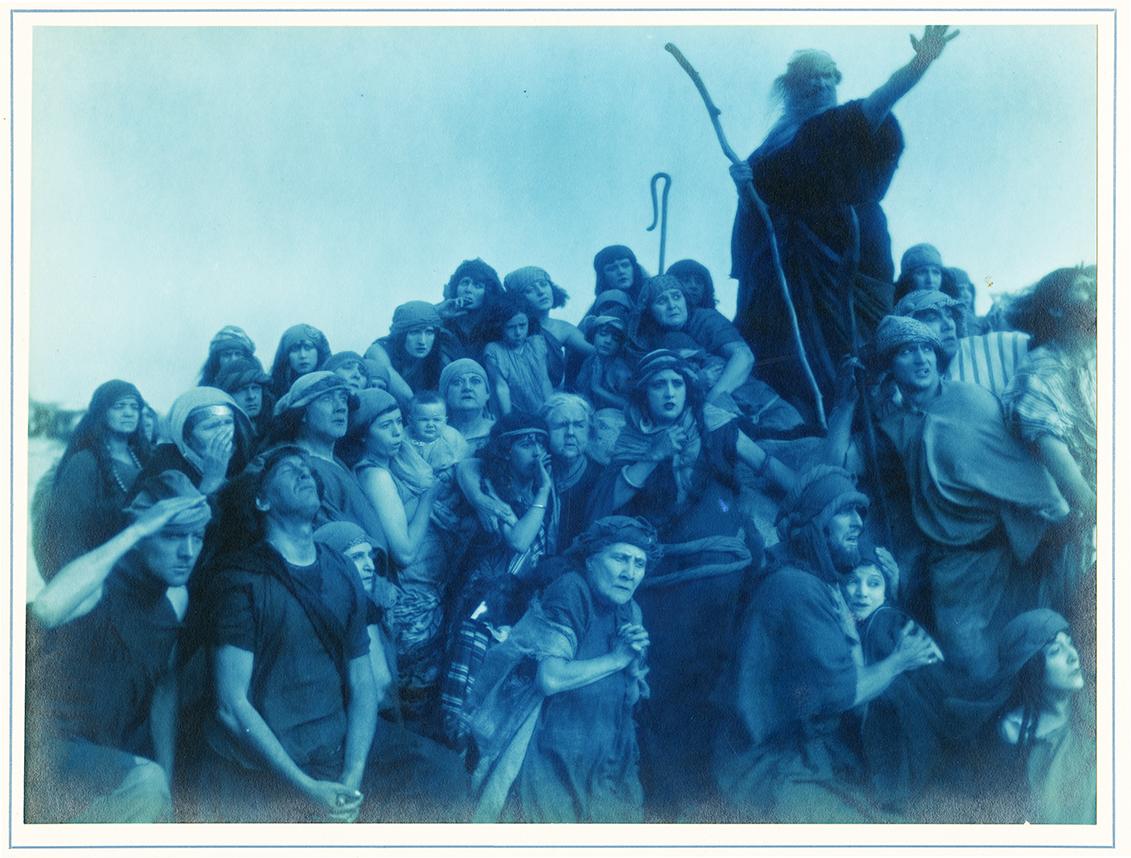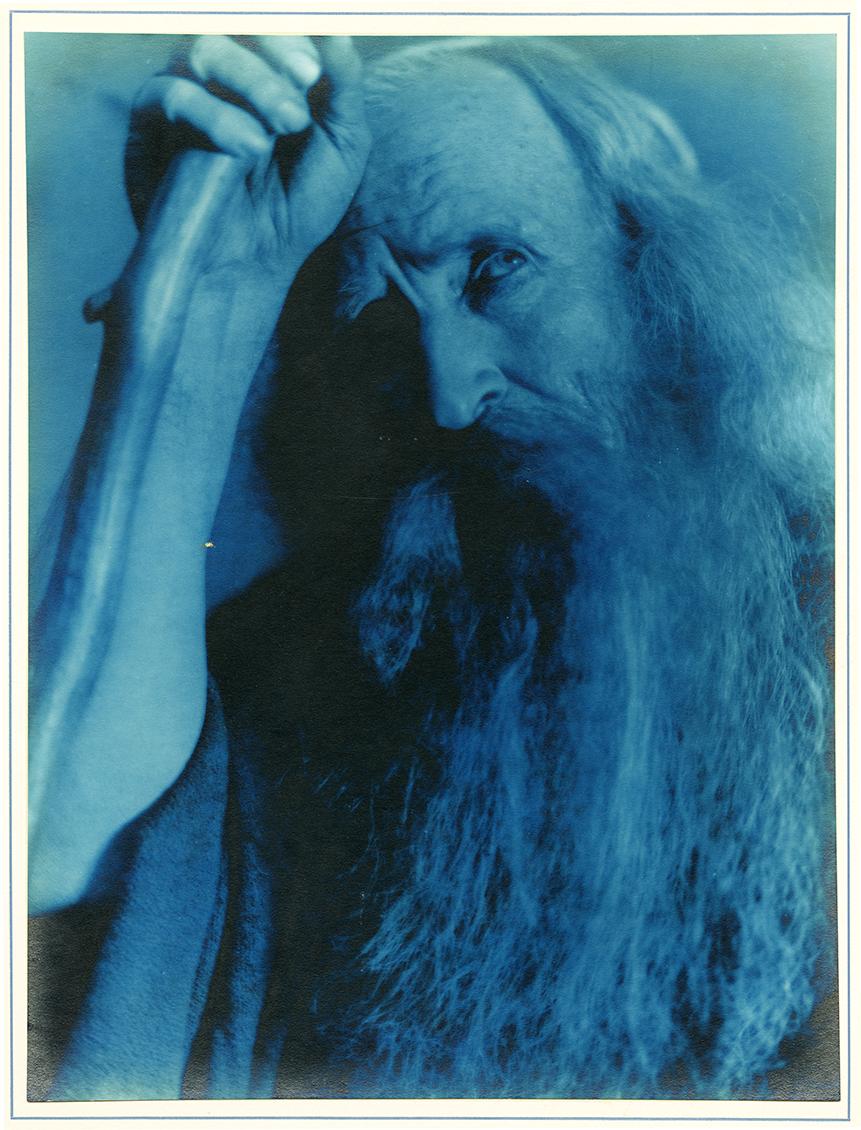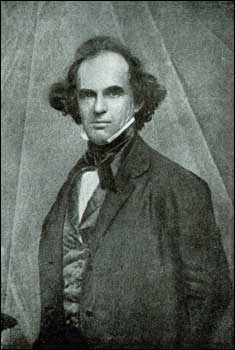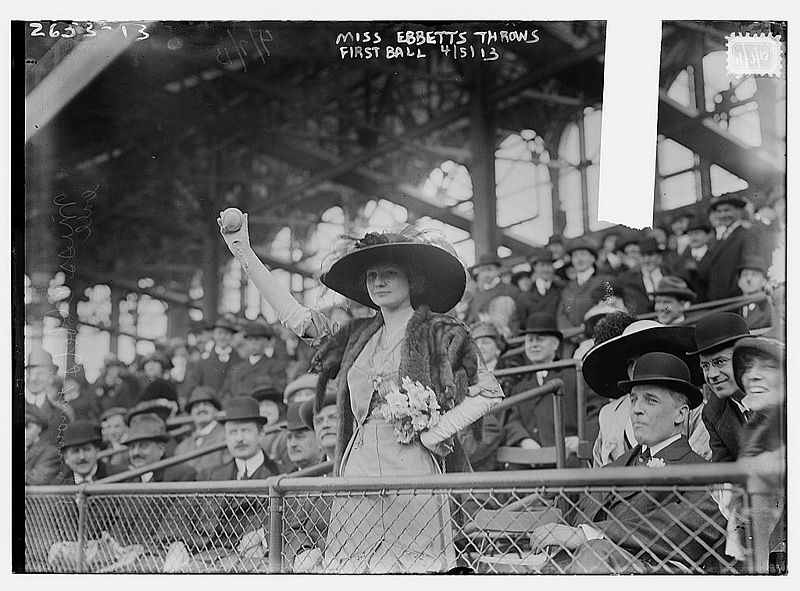
Figure 1 – Miss Genevieve Ebbets throwing out the first pitch at the opening of Ebbets field on April 5, 1913. From the Wikipedia and in the public domain in the United States because of its age.
Presidents, premiers, and kings may huff and puff, seeking relevance and immortality in every word. But history can be more subtle and fickle in its choices of what is momentous. These early days of May celebrate infamously (on the East coast) and famously (on the West) a moment of great transition in mid-twentieth century America- the fiftieth anniversary of the time when Walter O’Malley decided to move the Brooklyn Dodgers – correction Brooklyn’s Dodgers – from Brooklyn to Los Angeles. Brooklyn loved its Dodgers and only a great poet like Alexander Pope could bring words apt enough of love’s tragedy to be appropriated for that both tragic and momentous event.
“WHAT dire Offence from am’rous Causes springs,
What mighty Contests rise from trivial Things,”
A large part of the problem in those days was the fact that while the Dodgers dominated major league baseball, there was no way to expand their smallest in the League stadium Ebbets Field. Ebbets field itself was a New York City icon, and I can recall quite vividly my father taking me to see it shortly before it was destroyed to make room for an apartment complex.
So in memory of the event, and as a nod to my love of early twentieth century images, where the women all have long beautiful hair, concealed beneath magnificent hats, (and apparently wore dead animals on their shoulders) I am offering up the image of Figure 1, which shows Miss Genevieve Ebbets, youngest daughter of Dodgers’ owner Charley Ebbets, throwing out the first pitch at the opening of Ebbets Field on April 5, 1913. She poses ever so much like Lady Liberty.
You can just make out her hair. So I am reminded again of Pope and his conclusion to that wonderful epic poem.
“When those fair Suns shall sett, as sett they must,
And all those Tresses shall be laid in Dust;
This Lock, the Muse shall consecrate to Fame,
And mid’st the Stars inscribe Belinda’s Name!“


